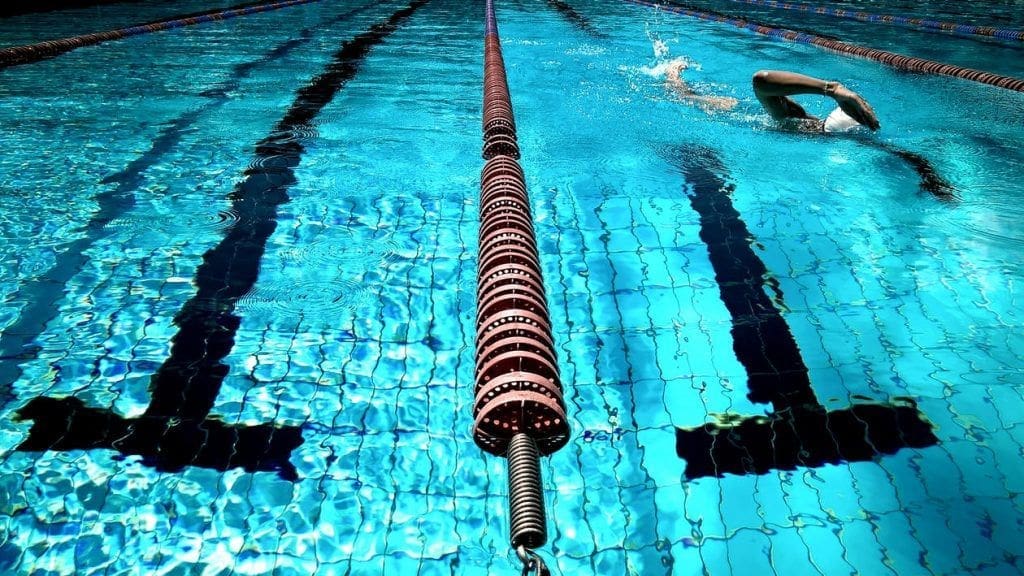Active Downtime: Getting Match-Fit For Business
As a former member of the Royal Navy I still sail regularly, recently joining the crew of the classic yacht, Waitangi. She is a beautiful yacht first launched in 1894. Previously I competed up to 40 times a year in various countries. My work life as the owner of a group of trust companies can be very busy and high-pressure, as can classic yacht racing. What the latter offers me though is an odd mix of distraction and concentration. I cannot worry about business when I am dealing with the myriad challenges at hand: getting the optimal position on the start line, making sure we have the sails right and working alongside the other members of the crew. I convert my strategic thinking about a company to more tactical thinking in the midst of a race, which clears my mind of all else. I struggle to find the time during the week for the gym. The benefit of this pursuit is that it is as much intellectual as physical, it is immediate and there is a limited amount of planning you can do. Sailing in Auckland can be unpredictable sometimes, with not knowing what the weather will do. In such situations you have to take what comes, think on your feet and trust your instincts. Sailing is raw and immediate; when you get it right it is such a great feeling and if you cock it up, you will instantly see the effect of your poor call. Your successes and failures happen in real time, which is rarely the case in business.
One thing you must do to stay fit in business is be willing to take a hard turn in another direction when your current practice is not working. Nothing will dull your edge more quickly than the continued pursuit of a failing strategy. It is wasted time you cannot retrieve. Once you have identified a problem that cannot be fixed in the existing context, change tack.
I did not take the more traditional route of an economics degree or an MBA to get where I am today – rather, I came out of Cambridge University with a degree in archaeology. I quickly recognised that an archaeological dig had the highest-qualified, worst-paid manual work force of any profession, and any career in that occupation would be a precarious one.
In some ways this focus on career ‘fitness’ was in line with what I had been taught. My parents both experienced hardship as children due to familial unemployment and premature death, and counselled me to focus on job security and avoidance of risk. However, my parents are artists and I believe their creative influence has allowed me to see business opportunities where others do not. Of course, I threw risk avoidance out the window by becoming an entrepreneur and business leader instead of an archaeologist. I realized early on there was nothing else I would be. The challenge is to know when and how to refresh yourself, because you will rarely have other people telling you to take a break. The life of a business leader is a largely self-governed one, and there are many benefits that come with it – but pitfalls, too, if you do not learn how to separate yourself from business when you need to.
There are many ways to pursue what might be called ‘active downtime’: it is simply a ritual or habit for restorative, liberating time spent away from your business. For me it is sailing, wandering through the vineyard of my winery business ‘Postage Stamp’, or walking up Queen Street to my office. I run a lot of my business on gut instinct and have a habit of internalizing questions or problems. The mind-clearing effect of sailing or walking among the grapes allows the penny to drop and the solution to a business problem to present itself.

